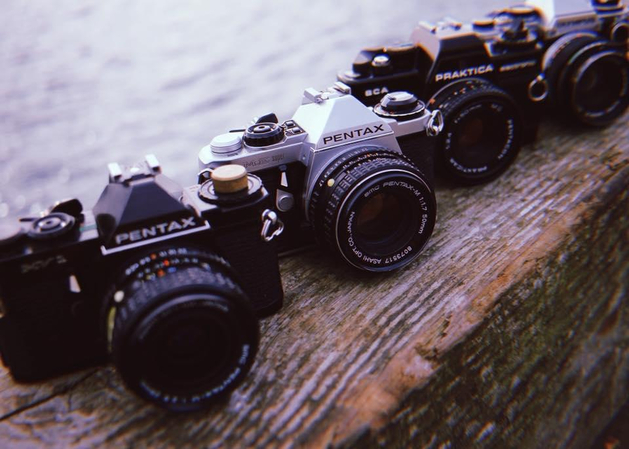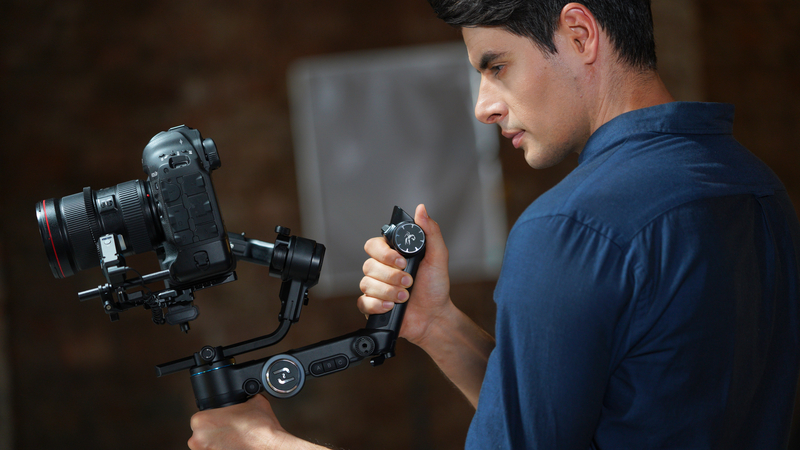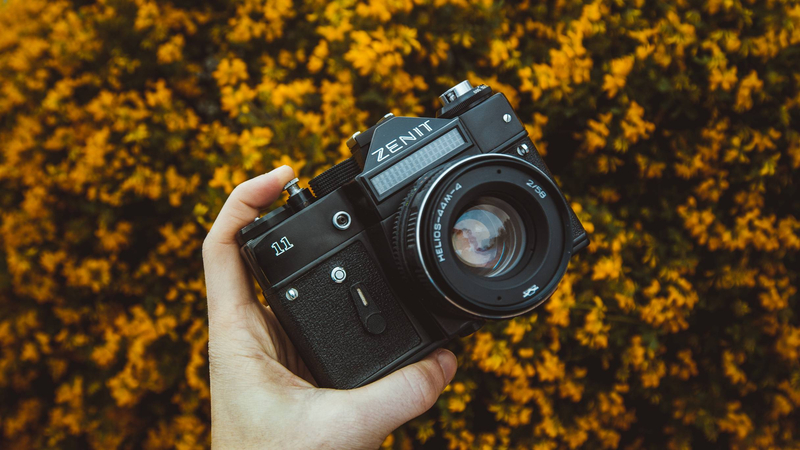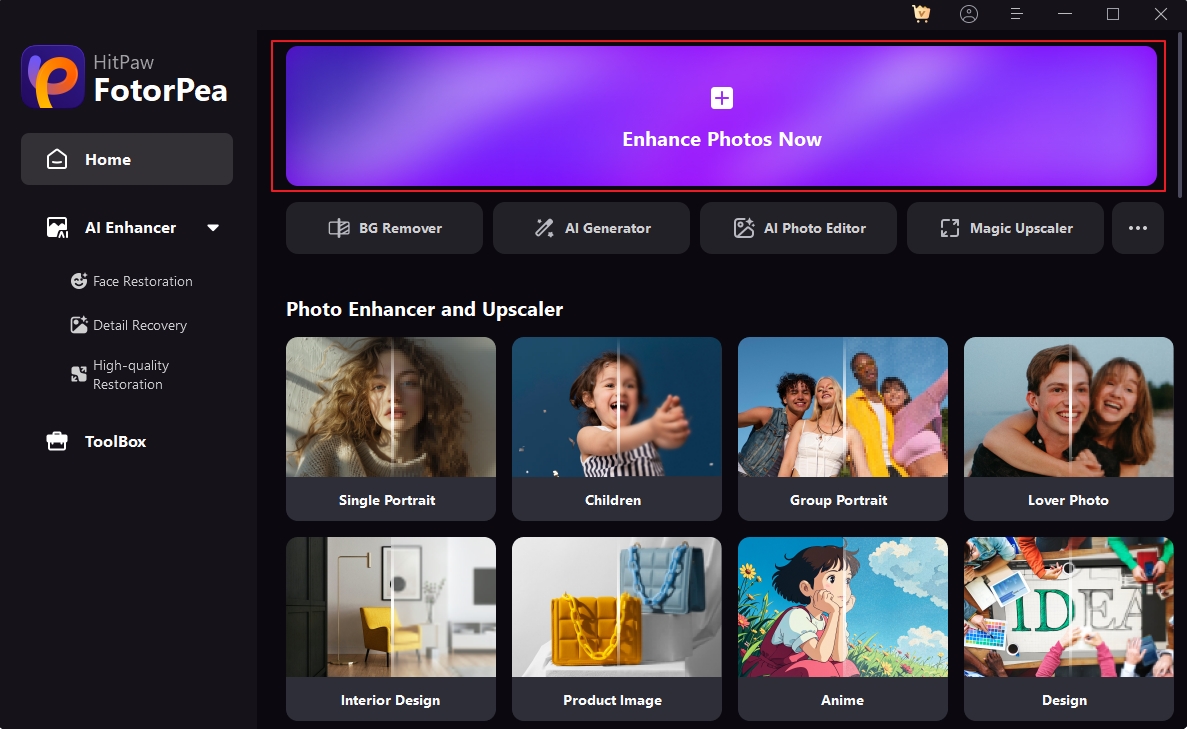A Complete Guide to Camera Insurance: Capture with Confidence
Whether you're a full-time professional photographer, a freelance content creator, or a hobbyist who enjoys documenting life's moments, it's vital to insure photography gear. Your camera and related equipment aren't just tools-they're investments that represent both creativity and livelihood. Losing that gear due to theft, damage, or accident can bring both financial and emotional distress.
Camera insurance offers a crucial safety net that helps photographers recover swiftly and continue working without major disruption. While many are aware of traditional insurance policies like homeowners or renters coverage, these options often fall short when it comes to professional gear. Worse still, many photographers realize this too late-after the damage is already done. That's why learning how to secure insurance for camera equipment can protect your finances, your career, and your peace of mind.
Part 1: Understanding Camera Equipment Insurance

Let's start with the basics: camera equipment insurance refers to a policy designed to protect your photography tools from a wide range of risks. These include theft, fire, accidental damage, loss, vandalism, and sometimes even natural disasters. It goes beyond standard renters or homeowners insurance by providing specific, often full-value coverage tailored to your gear and how you use it.
One of the key distinctions to make is between equipment insurance and general liability insurance. Equipment insurance focuses on replacing or repairing your gear if something happens to it. General liability insurance, on the other hand, is about protecting you in the event of bodily injury or property damage caused to someone else during a shoot-like if a lighting stand falls and injures someone at an event.
Then there's inland marine coverage, which may sound unrelated to photography, but is actually one of the most common forms of protection for on-the-go professionals. This type of insurance is tailored to portable or movable gear-making it ideal for photographers who travel to multiple locations or shoot outdoors. It provides coverage beyond the walls of a home or studio and is an essential layer of security.
Part 2: Why You Need Camera Insurance
Ask any seasoned photographer and they'll likely have a horror story about broken gear, a failed SD card, or a stolen camera bag. Unfortunately, these aren't rare events-they're part of the job. That's why photographer equipment insurance isn't something to consider someday; it's something to prioritize today.
Here are some real-life examples and risks. A destination photographer had their gear stolen while checking into a hotel. Thanks to having camera theft insurance, they were reimbursed within weeks and able to replace their gear before their next assignment. A lifestyle blogger dropped their DSLR into a river during an outdoor shoot. Because their insurance included accidental damage, they got a replacement with minimal downtime. A family photographer had their equipment bag vanish during a beach session. Although there was no clear evidence of theft, their policy included coverage for mysterious disappearance, which allowed them to recover the loss.
Without insurance for camera equipment, any of these incidents could cost thousands in replacements, not to mention lost income during the recovery period. For many, a full-frame camera and two lenses alone can cost upward of $7,000. Factor in drones, lighting, stabilizers, microphones, and accessories, and you're looking at a gear collection worth as much as a used car.
And it's not just full-time professionals who need protection. Even casual shooters and hobbyists own expensive gear. One wrong step during a hike or a spilled drink at a party can render gear useless. Having a policy in place means you can replace, repair, or recover without draining your bank account.
Part 3: Types of Coverage Available

Insurance isn't one-size-fits-all. Understanding the different types of protection can help you tailor a policy that covers your unique photography style, gear value, and usage frequency.
1. Standard Coverage
Most basic equipment insurance plans include protection against theft or burglary, fire and smoke damage, flood or water exposure (depending on provider), vandalism or malicious damage, and natural disasters such as earthquakes or hurricanes. These are essential protections and form the core of most policies. However, depending on your workflow, standard coverage might not be enough.
2. Extra Coverage Options
Advanced policies offer broader protection. Here's what you might consider adding: Accidental damage coverage, which protects against drops, spills, or impact damage, is perfect for action and wedding photographers who are constantly moving. Mysterious disappearance is useful if your gear vanishes without proof of theft. International coverage is crucial for destination photographers. Loss of use coverage compensates you for missed jobs while your gear is being replaced or repaired. Rental gear coverage covers borrowed or rented gear during short-term projects.
3. Liability and Indemnity Insurance
Liability insurance protects you if your gear injures someone or damages property. For example, if someone trips over a light stand at a corporate shoot, this policy can cover legal and medical costs. Professional indemnity insurance is equally important. It covers you if a client claims you delivered poor service, lost important files, or missed a critical deadline. While insuring a camera protects your physical tools, indemnity and liability cover your reputation and legal exposure.
Part 4: How to Choose the Right Insurance Provider

Finding the best provider is about more than choosing the lowest premium. A good insurer understands the unique needs of photographers and offers flexibility, fast support, and transparent claims handling.
Here's what to look for. Coverage limits should be high enough to cover your entire gear collection. Premiums versus deductibles must be balanced according to your risk tolerance. A low monthly cost with a high deductible may not be ideal if you anticipate frequent travel or usage. Claim processing time is important-ask other photographers or check reviews to see how quickly the provider resolves claims.
You'll also want customizable options, such as temporary gear coverage or drone equipment inclusion. Some insurers allow you to add riders for international travel or special events. Customer support is another critical factor. Ideally, your provider should offer access to real people who understand photography equipment, not just general insurance.
Lastly, association discounts can save you money. Organizations like the PPA (Professional Photographers of America) and NPPA (National Press Photographers Association) offer members special group rates on photographer equipment insurance that can be more comprehensive than standard plans.
Part 5: How to Insure Your Gear
Getting started with insurance is relatively straightforward, but being thorough ensures you won't hit a snag later.
First, document every item. Create a spreadsheet that lists each piece of equipment, its brand and model, purchase date, serial number, and estimated value. Include everything-even small accessories like SD cards, tripods, and bags-as these can add up quickly.
Next, save receipts and invoices. If you bought items online, screenshots of order confirmations and shipping receipts work as proof. Take clear photographs of each item to record condition and ownership.
You should also get an appraisal or research fair market value for older or used items. This helps when negotiating claim values. Platforms like B&H, KEH, and MPB are great for checking current secondhand gear prices.
Then, request quotes from multiple providers. Look beyond price and assess coverage depth, claim service, and exclusions. Choose a plan that fits your gear, usage, and business style.
Finally, review your policy annually. As you buy new gear or sell old equipment, notify your provider. Keeping your inventory updated prevents coverage gaps and reduces the chance of a claim denial.
Part 6: Common Myths About Camera Insurance
There are several widespread misconceptions about gear insurance that stop photographers from protecting themselves properly.
The first is that homeowner's insurance covers your gear. While it may offer limited coverage, most policies exclude professional use or don't cover gear used off-premises. If you travel or work on-location, your equipment may not be covered at all.
Another common myth is that only full-time photographers need insurance. In truth, even amateur shooters often own gear worth thousands. Insurance isn't just for full-time professionals-it's for anyone who values their investment.
Some believe warranties are sufficient. However, warranties cover manufacturer defects, not theft, drops, or water damage. They don't offer replacement for lost gear or coverage outside the store's return window.
Lastly, many assume credit card benefits are enough. While some cards offer short-term purchase protection, this coverage is limited in time and value. It rarely extends to accidental damage or gear used for business.
Part 7: An Amazing App for Photo Enhancer: HitPaw Fotorpea

Before publishing or delivering your final images, consider refining them with HitPaw Photo Enhancer. This AI-powered software enhances image resolution, sharpens details, and eliminates graininess or blurriness in just a few clicks. Whether you're shooting portraits, landscapes, or product images, HitPaw brings out the best in your photos.
It's especially useful for photographers who want professional-level editing results without the complexity of traditional software. If you're preparing a portfolio, submitting client work, or creating social media content, HitPaw helps make your images look stunning and polished.
Part 8: Conclusion
In the fast-paced world of photography, your gear is more than equipment-it's your business, your creativity, and your livelihood. That's why it's critical to insure photography gear against theft, damage, or loss. A well-chosen camera insurance policy brings peace of mind, letting you focus on your creative vision without financial fear.
Whether you're a wedding photographer, a travel blogger, or a weekend enthusiast, having the right insurance for camera equipment ensures that your investment is protected. Don't wait until you've experienced a loss-take proactive steps now to review your needs and secure the protection your work deserves.
Part 9: Camera Insurance FAQs
Q1. What does camera insurance cover?
A1. It typically covers theft, fire, vandalism, natural disasters, accidental damage, and sometimes mysterious disappearance or data recovery.
Q2. Can I insure secondhand equipment?
A2. Yes, as long as you can provide proof of ownership, such as invoices, payment records, or appraisals.
Q3. How do I file a claim for lost or damaged equipment?
A3. Notify your insurance provider immediately, provide documentation including receipts, serial numbers, and photos, and follow their claim instructions. A police report may be needed for theft cases.
Q4. Do photographers need professional indemnity insurance?
A4. Yes. This protects you against legal costs and claims from clients due to missed deadlines, poor service, or delivery disputes.
Q5. What is the difference between professional indemnity and liability?
A5. Liability insurance covers injury or damage during shoots. Indemnity insurance covers legal claims related to your professional conduct or service delivery.










 HitPaw Univd (Video Converter)
HitPaw Univd (Video Converter) HitPaw VoicePea
HitPaw VoicePea  HitPaw VikPea (Video Enhancer)
HitPaw VikPea (Video Enhancer)



Share this article:
Select the product rating:
Daniel Walker
Editor-in-Chief
This post was written by Editor Daniel Walker whose passion lies in bridging the gap between cutting-edge technology and everyday creativity. The content he created inspires the audience to embrace digital tools confidently.
View all ArticlesLeave a Comment
Create your review for HitPaw articles